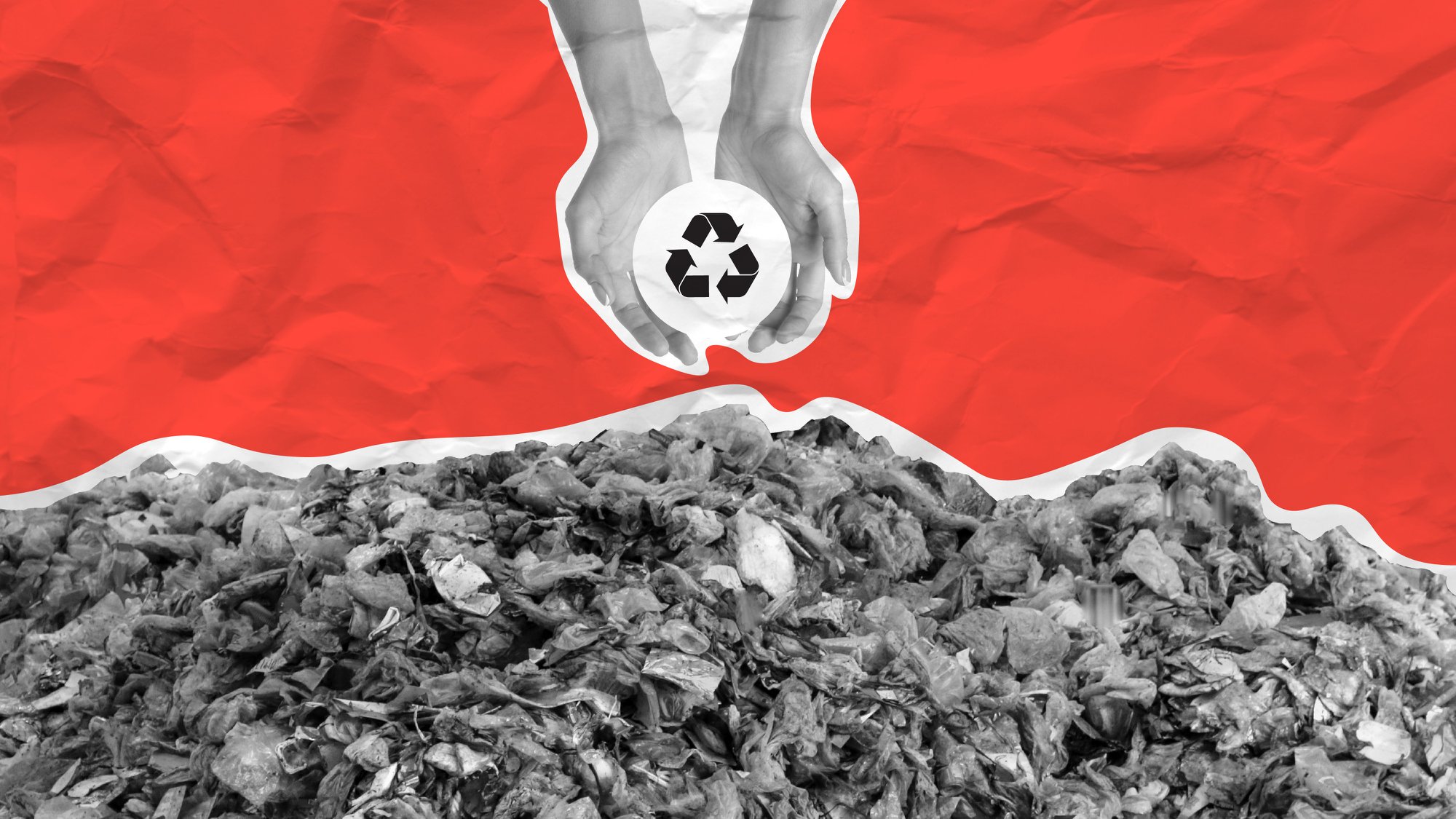The Tug of War: Navigating Conflicting Interests in Sustainability

In recent months, I’ve been looking at sustainability and the importance of overcoming barriers to pursue sustainable paths. But also, why these barriers might be in place, and what we can do to move past them.
And in this blog, I wanted to look at how we may navigate conflicting interests in an effort to pursue our goals.

The Sustainability Conflict: Economy VS Environment
For most of us, sustainability often feels like a complex balancing act. Personal, economic, and environmental interests constantly pull us in different directions. As this tension between competing priorities is a significant reason why so many struggle to fully engage with sustainability issues.
At the individual level, sustainable choices frequently require short-term sacrifices for long-term benefits. In a previous blog, I looked at how rewiring our automatic responses can help us make real change. Riding a bike might be better for the environment (and our health), but it could mean a longer, less convenient commute. Choosing organic produce supports sustainable farming practices, but it often comes with a higher price tag and requires a change to shopping habits. These daily trade-offs between immediate personal comfort or financial savings and long-term environmental benefits can be challenging to navigate consistently. And they tend to be consistent.
The conflict becomes even more pronounced at the corporate and governmental levels. Businesses face pressure to maximise short-term profits for shareholders which can clash with more sustainable but potentially costly practices. Governments grapple with balancing economic growth, job creation, civil order and environmental protection. The recent debates around transitioning away from fossil fuels illustrate this conflict vividly. While necessary for combating climate change, this shift raises concerns about job losses in traditional energy sectors and short-term economic impacts.
In so-called “developing nations” (where the vast majority of the global population live), the conflict often appears as a choice between economic growth and environmental protection, as the push for industrialization clashes with global sustainability goals.
These conflicting interests can lead to decision paralysis, which typically leads to either the status quo remaining, or a tendency to prioritise immediate, tangible benefits over long-term sustainability. It’s easier to choose the cheaper, less sustainable option when budgets are tight, or to prioritise job creation over environmental regulations when unemployment is high. Not only is it easier, it makes sense. Not because it’s objectively right, but because we have historically overlooked environmental and societal concerns.
So how do we tackle this?
To start with, it seems key that we reframe the narrative. Sustainability needn’t be a zero-sum game. Many sustainable practices can lead to economic benefits, improved quality of life, and long-term stability. Energy-efficient technologies can reduce costs over time. Sustainable agriculture can improve food security and rural livelihoods. Circular economy principles can drive innovation and create new job opportunities. Simply reducing or making use of waste differently can be a source of opportunity. Just look at Terracycle or Library of Things.
The path forward involves finding and highlighting these win-win solutions. It requires innovative thinking to develop approaches that align environmental, social, and economic interests. Policy measures like carbon pricing can help internalise environmental costs, making sustainable choices more economically viable.
I remember a truly inspirational talk from Bertrand Piccard at the Change Now summit a few years ago when, fresh off the back of flying around the world powered solely by solar energy, he didn’t urge us to restrict our lives in order to protect the earth. Instead, he urged directing private and public investment into innovations and technologies that enable us to live as fully as before, or even more so, but sustainably. Now there’s a thought!
Clearly not everyone can be placated. Many of us will need to adjust and change. But this has been the case throughout most of our lives. This is life in fact. And it’s not even that bad. It can feel bad when it feels enforced upon us. But if we embrace it, then it’s just part of the journey.
Of course, as you’ll note from previous posts within this series, our lack of knowledge (education) on this is a natural barrier. Consequently, helping people understand the long-term costs of unsustainable practices and the multiple benefits of sustainable ones, we can shift perceptions and decision-making processes.
Final thoughts
Ultimately, engaging with sustainability means embracing a more holistic view of progress and wellbeing. It’s about recognising that true prosperity isn’t, and cannot be, achieved at the expense of our planet and future generations. By aligning our various interests with sustainability principles, we can create a future that is not only environmentally sound but also economically vibrant and socially just.
___





